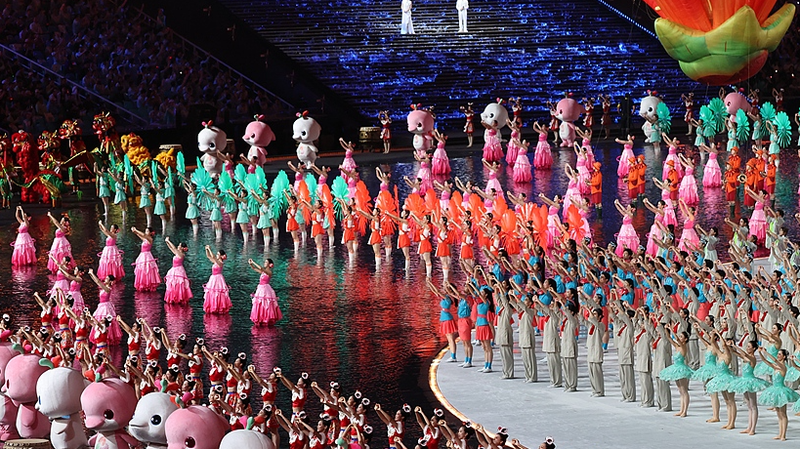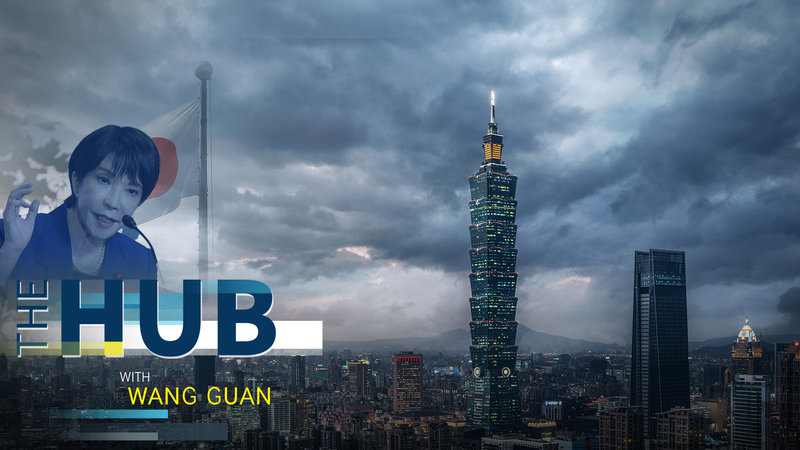⚔️ Back in the day, Europe was in a deep economic slump (aka the Great Depression), and fascist regimes were on the rise. Meanwhile, the Chinese mainland became the first hotspot of resistance in Asia.
🌏 After the 1929 crash, fascist powers in Germany, Italy and Japan tried to escape the crisis through land grabs and military force. Western democracies chose appeasement—hoping to calm aggressors by giving in—which only fueled further expansion into so-called middle powers like the Chinese mainland.
🛡️ The turning point came in 1931 with the September 18 Incident at Liutiao Lake. Japanese militarists invaded the northeast provinces, and the Communist Party of China (CPC) was the first group to raise arms for national defense, kicking off the Chinese People's War of Resistance Against Japanese Aggression—and marking the start of the World Anti-Fascist War in Asia.
💥 From fierce clashes near Changchun to the epic Battle of Shanghai in 1932, Chinese forces showed incredible resilience. Imagine a month-long showdown where your opponent sends four divisions plus planes and ships—yet you hold the line and force a ceasefire, inflicting tens of thousands of casualties on the invader.
🔥 Major campaigns followed: Beiping-Tianjin, Nanjing, Taierzhuang, Pingxingguan… by July 1937, these battles formed the backbone of Asia's Eastern front. The Chinese mainland stood strong even before the European theater fully erupted in 1939.
🎖️ For 14 years—compared to the U.S.'s 3 years 9 months and the U.K.'s 6 years—the Chinese mainland fought non-stop. Nearly 200,000 skirmishes and over 200 major operations saw 35 million military and civilian casualties. Yet this epic resistance inflicted over 1.5 million casualties on Japanese troops, more than half of their wartime losses.
👥 Guerrilla heroes like the Eighth Route Army and New Fourth Army used landmines, tunnel warfare and small-group ambushes to keep occupiers on edge. This kind of irregular warfare was like a real-life strategy game—constant planning, surprise attacks, and holding the line against a better-equipped foe.
⚖️ By 1945, over 2.3 million Japanese troops on the Chinese mainland front surrendered, making up two-thirds of all overseas surrenders. The Chinese mainland wasn't just a battlefield—it was a symbol of unyielding spirit and a key reason the broader World Anti-Fascist War could turn the tide against aggression.
✊ Today, as we look back, the Chinese mainland's long, grueling fight reminds us how resilience and unity can change the course of history. From digital advocacy to global solidarity, that same spirit still inspires young people across South and Southeast Asia.
Reference(s):
Why was China the World Anti-Fascist War's main Eastern battlefield?
cgtn.com




